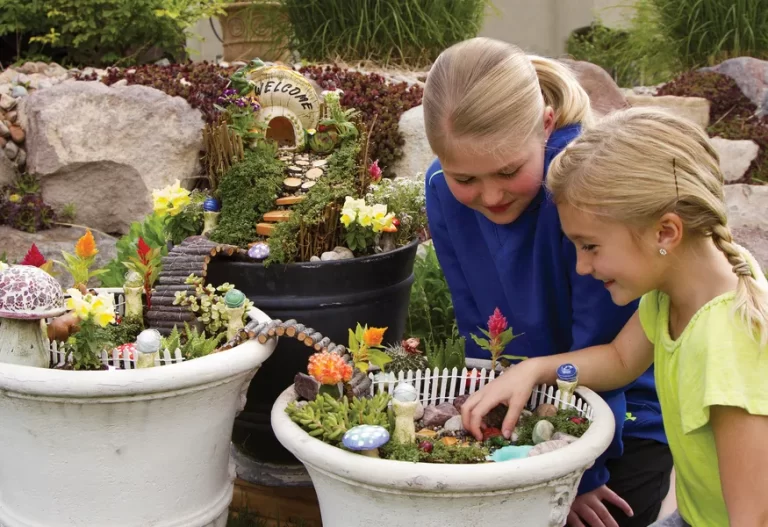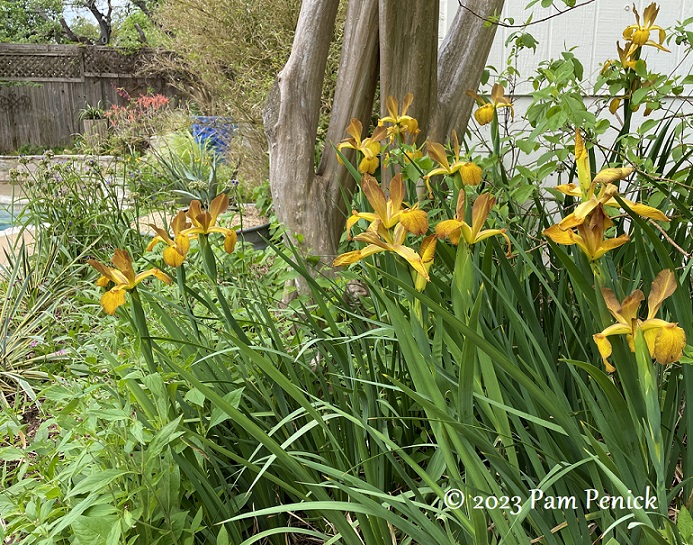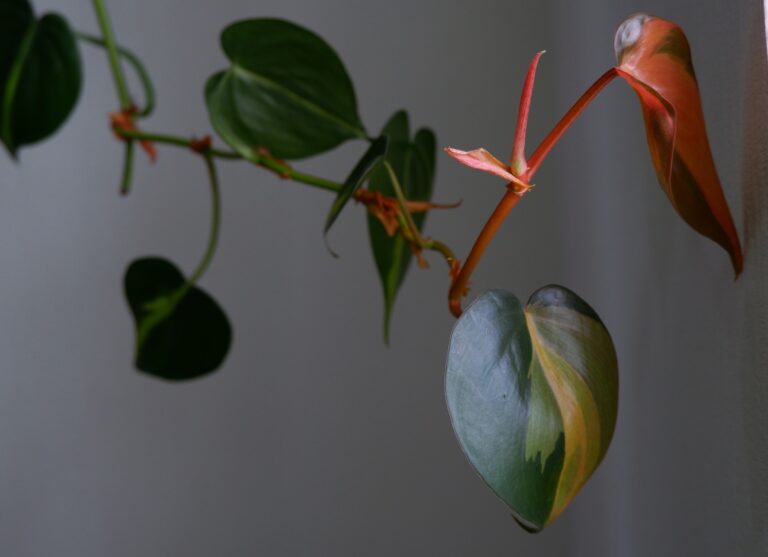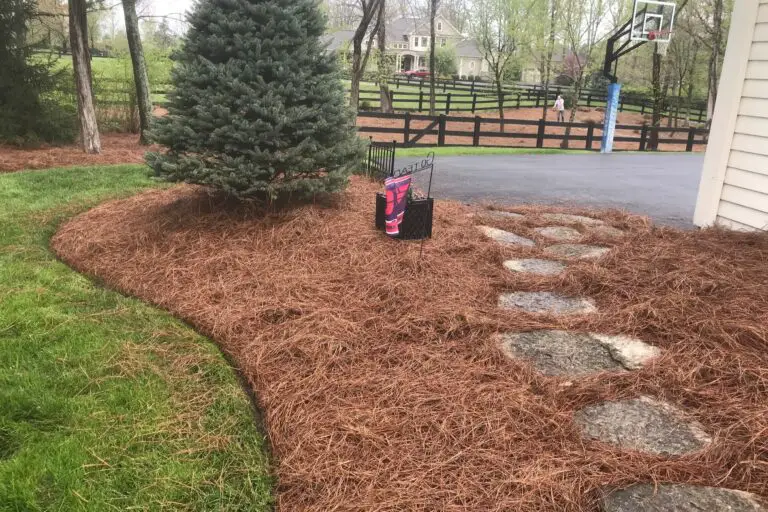Creeping Charlie: Nature’s Persistent Green

Creeping Charlie, scientifically known as Glechoma hederacea, is a perennial ground cover that has sparked interest and debate among gardeners and nature enthusiasts alike. This resilient plant, often found in gardens, lawns, and wild spaces, holds a unique place in the botanical world due to its adaptive nature and ecological impact.
A Botanical Overview
Creeping Charlie, a member of the mint family, is characterized by its small, scalloped leaves, and delicate, purplish-blue flowers. It thrives in a variety of soil conditions and climates, making it a common sight in many regions. Originally native to Europe, it has become widespread in North America and other parts of the world.
The Ecological Role of Creeping Charlie
Despite being considered a weed by many, Creeping Charlie plays a vital role in the ecosystem. It provides early spring nectar for bees and other pollinators, contributing to the biodiversity of an area. Its dense mat-like growth also helps in soil stabilization and moisture retention, benefiting the surrounding flora.
Gardening and Landscaping
In the world of gardening, Creeping Charlie is a double-edged sword. On one hand, its hardy nature and attractive foliage make it a low-maintenance ground cover. On the other hand, its aggressive growth can overshadow other plants, leading to challenges in garden management. Understanding how to control its spread is key for gardeners who wish to include it in their landscape design.
Natural Remedies and Uses
Historically, Creeping Charlie has been used in herbal medicine for its potential health benefits. It has been used to treat various ailments, from respiratory issues to minor wounds. Its aromatic leaves have also found a place in culinary arts, adding a unique flavor to dishes and beverages.
Managing Creeping Charlie
Managing Creeping Charlie in your garden requires a combination of mechanical and cultural methods. Regular mowing, hand-pulling, and maintaining a healthy lawn can prevent its spread. For those seeking chemical-free solutions, natural herbicides like vinegar can be effective.
Creeping Charlie: A Friend or Foe?
The debate over Creeping Charlie’s role in gardens and ecosystems is ongoing. While some view it as an invasive pest, others appreciate its resilience and ecological benefits. Understanding this plant’s nature and impact is crucial for making informed decisions about its management.
Engaging with a Personal Approach
Each gardener’s approach to Creeping Charlie can vary based on their gardening style and goals. Some may find its resilient nature and low maintenance appealing, while others might prioritize maintaining a Creeping Charlie-free garden. Personal preference plays a significant role in determining whether this plant is a friend or foe in your garden.
Through the Seasons
Observing Creeping Charlie throughout the year can offer insights into its growth patterns and behavior. Its ability to remain green through various seasons makes it a constant presence in many landscapes, providing both challenges and opportunities for gardeners and nature enthusiasts.
Adaptation and Change
As environmental conditions continue to evolve, the role and perception of Creeping Charlie may also change. Understanding its adaptive nature can help us predict its future impact on ecosystems and gardening practices.
FAQs About Creeping Charlie
Q: Can Creeping Charlie be beneficial to a garden?
A: Yes, Creeping Charlie can be beneficial as it provides nectar for pollinators and helps in soil stabilization. However, its aggressive growth requires careful management.
Q: How can I naturally control Creeping Charlie in my lawn?
A: Natural control methods include regular mowing, hand-pulling, and using natural herbicides like vinegar. Maintaining a healthy lawn also discourages its growth.
Q: Is Creeping Charlie harmful to pets?
A: Generally, Creeping Charlie is not considered highly toxic to pets, but it’s always best to prevent pets from consuming large amounts of any non-food plants.
Q: Can Creeping Charlie be used in cooking?
A: Yes, Creeping Charlie’s aromatic leaves can be used in cooking, adding a unique flavor to dishes and beverages. It’s important to ensure it’s free from pesticides and other chemicals.
Final Thoughts: A Plant of Many Facets
Understanding the nature of ground ivy, commonly known as Creeping Charlie, is crucial for gardeners who encounter this perennial weed in their vegetable or flower gardens. The creeping stems of this plant, along with its notable scalloped edges, make it easily identifiable amongst other broadleaf plants. While some garden enthusiasts admire the delicate Creeping Charlie flowers that bloom in spring, others seek effective strategies to prevent Creeping Charlie from overtaking their cherished garden spaces.
This duality highlights the plant’s resilience and adaptability, making it a subject of continuous study and discussion. Effective management often involves enhancing soil drainage and utilizing targeted weed killer products, along with regular garden maintenance like pruning trees and bushes to reduce shaded areas that favor shade-loving plants like Creeping Charlie. The presence of Creeping Charlie leaves gardeners with a choice: to embrace its wild beauty or to get rid of it using sustainable methods. As a versatile plant, it’s interesting to note that Creeping Charlie can also be classified among edible plants, offering more than just aesthetic value.
When deciding to remove this plant, it’s advisable to carefully collect the Charlie plants in a lawn waste bag, ensuring that its creeping stems don’t inadvertently propagate elsewhere. Whether you’re drawn to its unique beauty or looking for ways to maintain the diversity of your garden, understanding Creeping Charlie’s characteristics – from its creeping jenny-like growth to its ability to thrive in various environments – is essential. This knowledge empowers gardeners to make informed decisions, ensuring that their gardens remain vibrant and healthy, reflecting the dynamic balance of nature.








